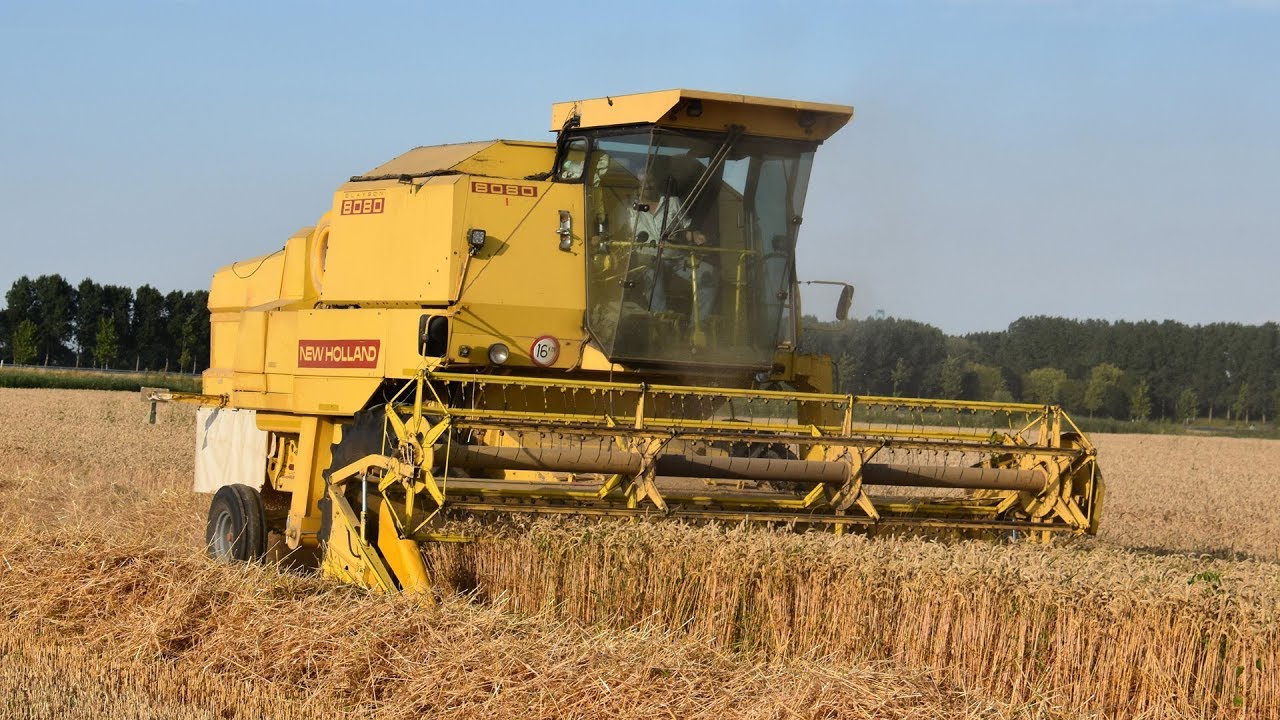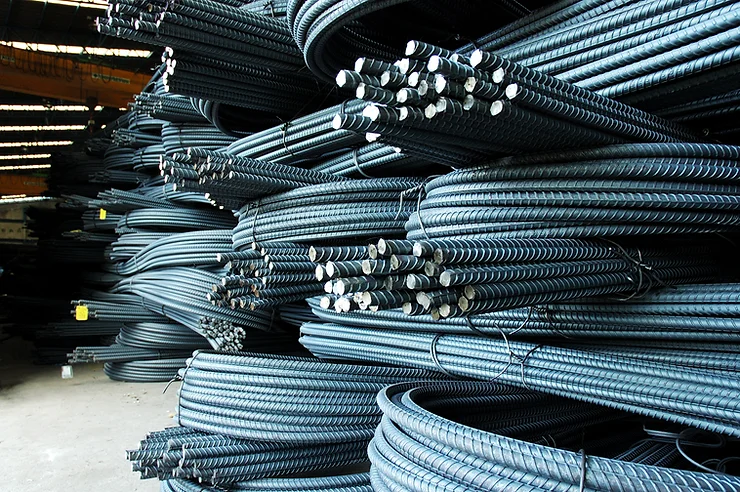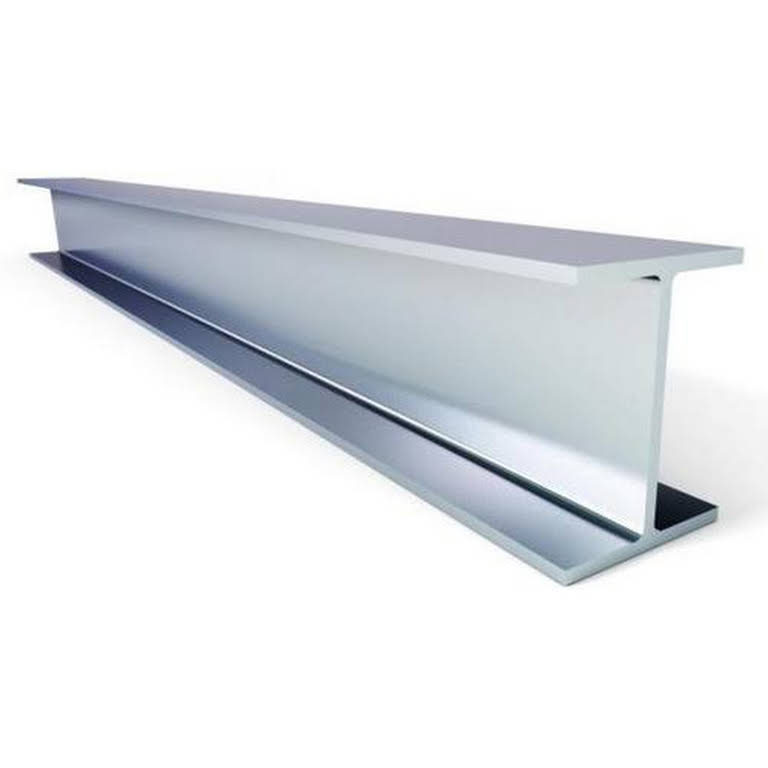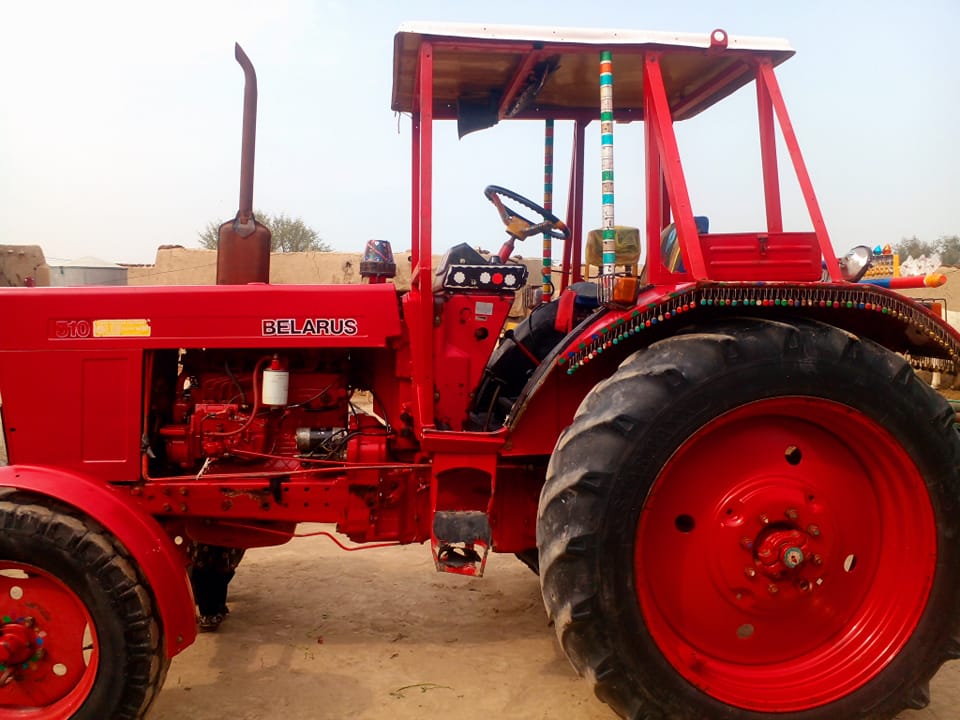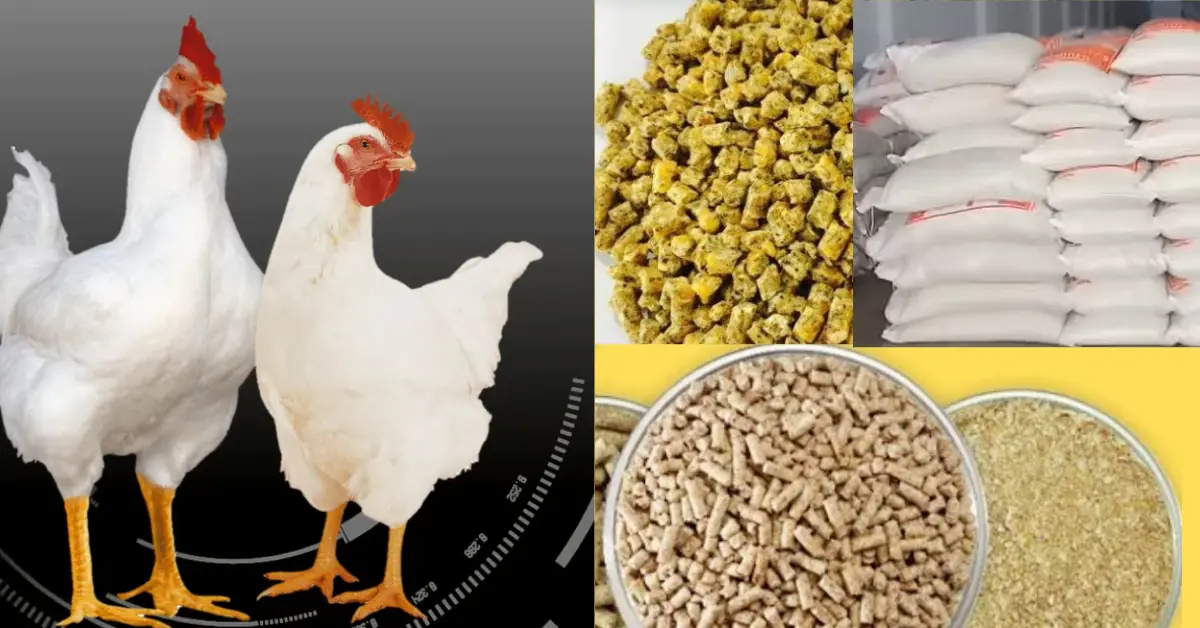Maize, commonly referred to as corn (or Makai), is a staple crop in Pakistan’s agriculture industry, we will explore the different mazie prices in Pakistan according to the different cities and weight. In 2024, a 100kg bag of maize is generally priced between Rs. 5,000 – Rs. 6,500. A popular crop in Punjab’s northern regions, maize supports livelihoods across the country. We’ll examine maize’s role in Pakistan, price factors, and ways to bolster returns for farmers.
The latest Price list of Maize according to the Various Cities in Pakistan
| City | Minimum Price (PKR) | Maximum Price (PKR) | Average Price (PKR) | Weight |
| Vehari | Rs. 1,800 | Rs. 2,100 | Rs. 1,950 | 40 KG |
| Gujrawala | Rs.1,800 | Rs. 2,130 | Rs. 1,965 | 40 KG |
| Pattoki | Rs.2,000 | Rs. 2,150 | Rs. 2,075 | 40 KG |
| Dunyapur | Rs.1,700 | Rs. 2,020 | Rs. 1,860 | 40 KG |
| Sahiwal | Rs.1,850 | Rs. 2,150 | Rs. 2,000 | 40 KG |
| Rahim Yar Khan | Rs.1,880 | Rs. 2,050 | Rs. 1,965 | 40 KG |
| Jhung | Rs.1,800 | Rs. 2,080 | Rs. 1,940 | 40 KG |
| Faisalabad | Rs.1,720 | Rs. 2,000 | Rs. 1,860 | 40 KG |
| Okara | Rs.1,800 | Rs. 2,275 | Rs. 2,037 | 40 KG |
| Khanewal | Rs.1,750 | Rs. 2,100 | Rs. 1,925 | 40 KG |
| Burewala | Rs.1,750 | Rs. 2,000 | Rs. 1,875 | 40 KG |
| Toba Tek Singh | Rs.1,800 | Rs. 2,070 | Rs. 1,935 | 40 KG |
| Chishtian | Rs.1,800 | Rs. 2,150 | Rs. 1,975 | 40 KG |
| Multan | Rs.1,800 | Rs. 2,100 | Rs. 1,950 | 40 KG |
| Melsi | Rs.1,800 | Rs. 2,000 | Rs. 1,900 | 40 KG |
| Mian Channu | Rs.1,700 | Rs. 2,000 | Rs. 1,850 | 40 KG |
| Arifwala | Rs.1,900 | Rs. 2,200 | Rs. 2,050 | 40 KG |
| Chichawatni | Rs.1,700 | Rs. 2,200 | Rs. 1,950 | 40 KG |
| Chowk Azam | Rs.1,500 | Rs. 1,780 | Rs. 1,640 | 40 KG |
| Dera Ismail Khan | Rs.1,820 | Rs. 2,100 | Rs. 1,960 | 40 KG |
| Pak Pattan | Rs.1,800 | Rs. 2,100 | Rs. 1,950 | 40 KG |
| Hasilpur | Rs.1,800 | Rs. 2,100 | Rs. 1,950 | 40 KG |
| Sheikhupura | Rs.2,030 | Rs. 2,000 | Rs. 2,015 | 40 KG |
| Chichawatni | Rs.1,700 | Rs. 2,200 | Rs. 1,950 | 40 KG |
| Chowk Azam | Rs.1,500 | Rs. 1,780 | Rs. 1,640 | 40 KG |
| Dera Ismail Khan | Rs.1,820 | Rs. 2,100 | Rs. 1,960 | 40 KG |
| Peshawar | Rs. 2000 | Rs. 2200 | Rs. 2100 | 40 KG |
| Bunner | Rs. 2000 | Rs. 2200 | Rs. 2100 | 40 KG |
| Sukker | Rs. 1800 | Rs. 2200 | Rs. 2000 | 40 KG |
| Khairpur | Rs. 1900 | Rs. 2170 | Rs. 2000 | 40 KG |
| Faisalabad | Rs. 5,000 | Rs. 5,750 | Rs. 5,375 | 100 KG |
| Multan | Rs. 4,250 | Rs. 4,500 | Rs. 4,375 | 100 KG |
| Gujranwala | Rs. 5,000 | Rs. 5,500 | Rs. 5,250 | 100 KG |
| Sargodha | Rs. 5,000 | Rs. 6,000 | Rs. 5,500 | 100 KG |
| Chichawatni | Rs. 3,750 | Rs. 4,525 | Rs. 4,138 | 100 KG |
| Burewala | Rs. 4,000 | Rs. 5,875 | Rs. 4,938 | 100 KG |
| Vehari | Rs. 3,000 | Rs. 4,000 | Rs. 3,500 | 100 KG |
| Okara | Rs. 3,375 | Rs. 5,050 | Rs. 4,213 | 100 KG |
| Toba Tek Singh | Rs. 4,750 | Rs. 5,475 | Rs. 5,200 | 100 KG |
| Sahiwal | Rs. 4,200 | Rs. 4,500 | Rs. 4,350 | 100 KG |
| Arifwala | Rs. 3,250 | Rs. 4,375 | Rs. 3,813 | 100 KG |
| Pakpattan | Rs. 3,500 | Rs. 4,500 | Rs. 4,000 | 100 KG |
| Mian Channu | Rs. 3,650 | Rs. 4,175 | Rs. 3,925 | 100 KG |
| DG Khan | Rs. 5,400 | Rs. 5,600 | Rs. 5,500 | 100 KG |
| Lala Musa | Rs. 3,800 | Rs. 4,200 | Rs. 4,000 | 100 KG |
| Kamalia | Rs. 4,500 | Rs. 5,750 | Rs. 5,125 | 100 KG |
| Kahror Pacca | Rs. 5,000 | Rs. 5,500 | Rs. 5,250 | 100 KG |
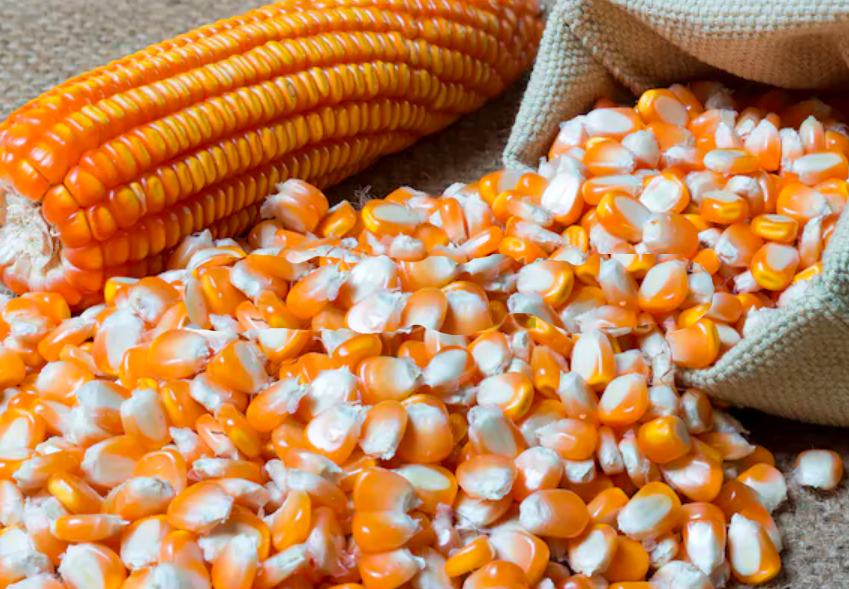
Maize: Significance and Applications
As a versatile cereal, maize is used directly as food, in animal feed, and has numerous industrial purposes. Pakistan relies heavily on maize, particularly in northern Punjab, where it benefits farmers and fuels industries like livestock production. Maize contributes to food security and national economic growth.
Forces Impacting Maize Prices
- Demand and Supply: Pakistani maize prices are subject to the ever-shifting balance between supply and demand. Acreage, yields, and crop usage heavily influence supply. Demand depends on elements like livestock populations, industrial needs, and how consumers use maize for food.
- Weather: Abundant rainfall, optimal temperatures, and an extended growing season all favor maize cultivation. Good weather boosts yields, supports steady supply, and can influence prices.
- Policy and Support: Government interventions like price floors, procurement programs, and input subsidies (think fertilizer) help stabilize prices and protect farmer incomes. Trade regulations also shape the market.
- Global Trends: As an internationally traded commodity, Pakistan’s maize prices can be swayed by global supply-demand dynamics, trade patterns, currencies, and changing policies.
Price Fluctuations and Implications
Pakistani maize prices have recently wavered due to supply constraints, changing consumption, and broader economic factors. These fluctuations hold substantial implications for farmers, traders, and the industry at large.
Prices Across Pakistan
Maize prices can differ by region due to transport costs, localized supply and demand, and market accessibility. Keeping track of these pricing variations across regions is critical for making informed decisions.
What Drives Regional Differences Prices are shaped by location, market distance, production levels, storage, and infrastructure.
Managing Volatility
- Informed Decisions: Up-to-date market information is key. Transparent data platforms offering current prices, reports, and statistics aid better decision-making, helping manage price volatilities.
- Strengthening the Supply Chain: Efficient transport, storage, and distribution are vital. Investment in roads, warehouses (including cold storage), can minimize losses, cut transaction costs, and support reliable pricing.
- Modernized Agriculture: Promoting the latest techniques like superior seeds, efficient irrigation, and balanced fertilization can increase yields while minimizing production risks. This contributes to stabilizing supply and therefore helps prices.
- Diversifying and Adding Value: Encouraging diverse maize products (corn oil, starch, biofuels) creates opportunities and lessens dependence on raw prices. This can buffer farmers against fluctuations.
Helping Farmers Maximize Returns
- Timely Harvesting: Efficiently harvesting maize ensures optimal quality and timely market access. Proper drying and threshing methods are paramount to maintaining value.
- Collective Power: Cooperatives and associations allow farmers to join forces, achieving better prices and market access.
- Exploring Markets: Farmers should seek out buyers in livestock, food processing, and industrial sectors, reducing reliance on any single market.
- Strategic Storage: Investment in on-farm storage or community facilities empowers farmers to sell strategically when prices are highest.

